Seehwan Yoo
Feasibility Study of Multi-Site Split Learning for Privacy-Preserving Medical Systems under Data Imbalance Constraints in COVID-19, X-Ray, and Cholesterol Dataset
Feb 21, 2022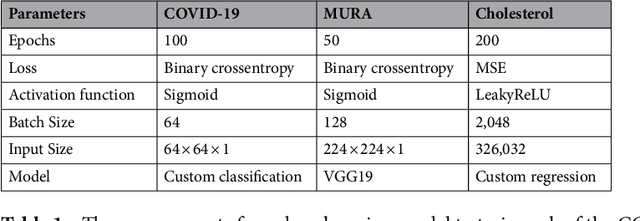



Abstract:It seems as though progressively more people are in the race to upload content, data, and information online; and hospitals haven't neglected this trend either. Hospitals are now at the forefront for multi-site medical data sharing to provide groundbreaking advancements in the way health records are shared and patients are diagnosed. Sharing of medical data is essential in modern medical research. Yet, as with all data sharing technology, the challenge is to balance improved treatment with protecting patient's personal information. This paper provides a novel split learning algorithm coined the term, "multi-site split learning", which enables a secure transfer of medical data between multiple hospitals without fear of exposing personal data contained in patient records. It also explores the effects of varying the number of end-systems and the ratio of data-imbalance on the deep learning performance. A guideline for the most optimal configuration of split learning that ensures privacy of patient data whilst achieving performance is empirically given. We argue the benefits of our multi-site split learning algorithm, especially regarding the privacy preserving factor, using CT scans of COVID-19 patients, X-ray bone scans, and cholesterol level medical data.
Spatio-Temporal Split Learning for Privacy-Preserving Medical Platforms: Case Studies with COVID-19 CT, X-Ray, and Cholesterol Data
Aug 20, 2021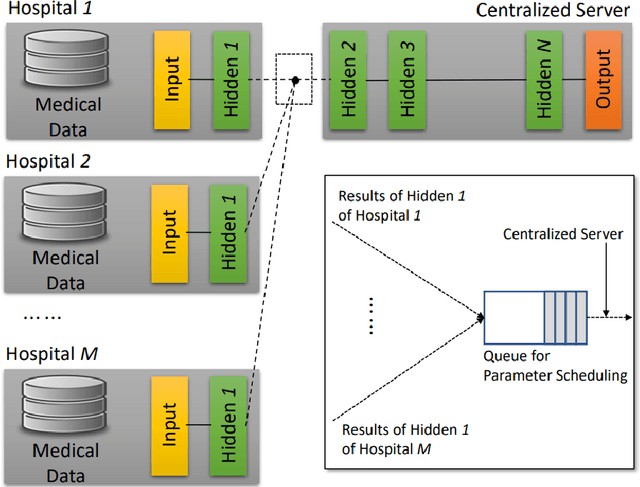
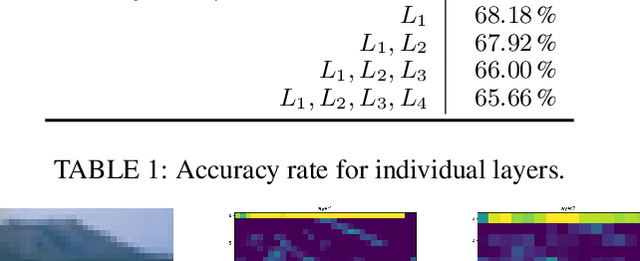
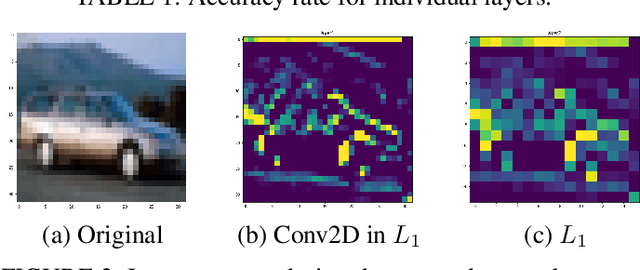
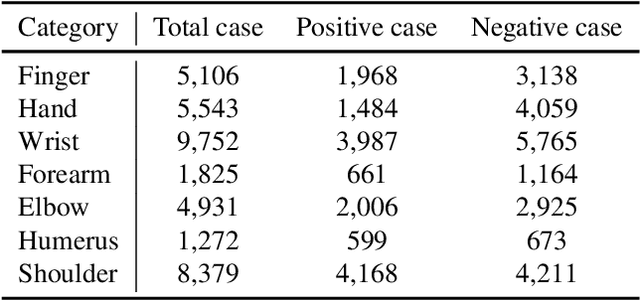
Abstract:Machine learning requires a large volume of sample data, especially when it is used in high-accuracy medical applications. However, patient records are one of the most sensitive private information that is not usually shared among institutes. This paper presents spatio-temporal split learning, a distributed deep neural network framework, which is a turning point in allowing collaboration among privacy-sensitive organizations. Our spatio-temporal split learning presents how distributed machine learning can be efficiently conducted with minimal privacy concerns. The proposed split learning consists of a number of clients and a centralized server. Each client has only has one hidden layer, which acts as the privacy-preserving layer, and the centralized server comprises the other hidden layers and the output layer. Since the centralized server does not need to access the training data and trains the deep neural network with parameters received from the privacy-preserving layer, privacy of original data is guaranteed. We have coined the term, spatio-temporal split learning, as multiple clients are spatially distributed to cover diverse datasets from different participants, and we can temporally split the learning process, detaching the privacy preserving layer from the rest of the learning process to minimize privacy breaches. This paper shows how we can analyze the medical data whilst ensuring privacy using our proposed multi-site spatio-temporal split learning algorithm on Coronavirus Disease-19 (COVID-19) chest Computed Tomography (CT) scans, MUsculoskeletal RAdiographs (MURA) X-ray images, and cholesterol levels.
Spatio-Temporal Split Learning
Aug 13, 2021



Abstract:This paper proposes a novel split learning framework with multiple end-systems in order to realize privacypreserving deep neural network computation. In conventional split learning frameworks, deep neural network computation is separated into multiple computing systems for hiding entire network architectures. In our proposed framework, multiple computing end-systems are sharing one centralized server in split learning computation, where the multiple end-systems are with input and first hidden layers and the centralized server is with the other hidden layers and output layer. This framework, which is called as spatio-temporal split learning, is spatially separated for gathering data from multiple end-systems and also temporally separated due to the nature of split learning. Our performance evaluation verifies that our proposed framework shows nearoptimal accuracy while preserving data privacy.
 Add to Chrome
Add to Chrome Add to Firefox
Add to Firefox Add to Edge
Add to Edge